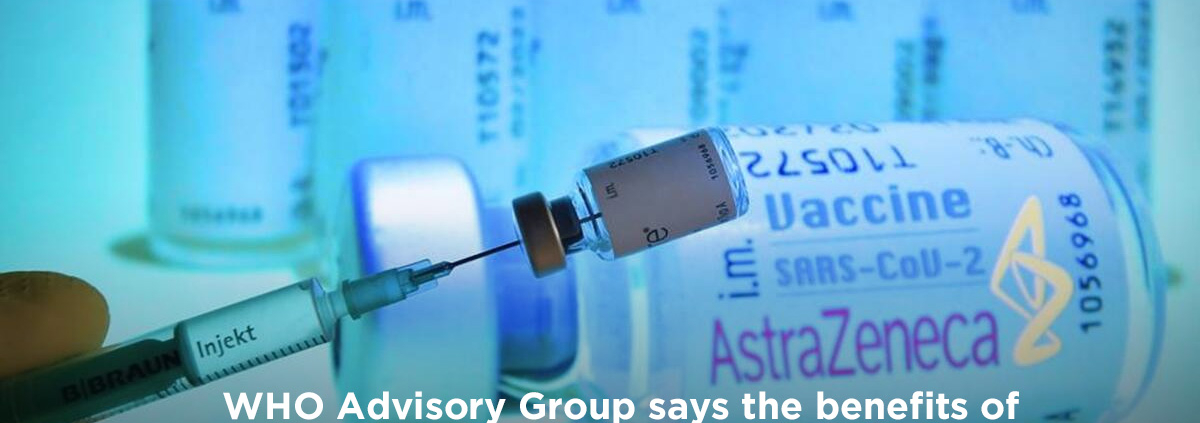There are several unprecedented, or at least extremely rare, events associated with the COVID-19 pandemic. In fact, almost as many unique challenges have surfaced, in the aftermath of the crisis, as when it first appeared, seemingly out of nowhere. Global lockdowns, self-quarantine, social distancing, mandatory masks, and international travel coming to a halt – these are only some of the things that the world came to accept, in order to stop the spread of the virus.
With the development of vaccines against the dreaded virus, some more unique factors have been added to the list. For one thing, the development of vaccines usually takes several years, often the best part of a decade. However, the world didn’t have the luxury of such a long process, in this case. With the majority of our economic activity coming to a halt, there was the very real danger of societal collapse, even within developed nations.
Also, humanity has only recently developed the ability to conduct preliminary testing of medicines virtually, making the development process much faster than ever before. Despite such changes, there has been an air of uncertainty around some of the COVID-19 vaccines. In my opinion, this requires an open discussion, to address all concerns. This is particularly relevant, in the case of the vaccine developed by AstraZeneca.
Understanding the range of vaccine options
In the second week of February 2021, the World Health Organization’s (WHO) Strategic Advisory Group of Experts (SAGE), came out with a recommendation that supported the use of the
Oxford-AstraZeneca vaccine for use among adults, including those older than 65 years of age. The recommendation was for the vaccine to be administered as two doses, 8 to 12 weeks apart from each other. In addition to the basic guidelines, the SAGE recommendation advised that the vaccines should not be used among children, and those with a history of a severe allergic reaction to one of the components. That leaves the vast majority of the population, for whom it was found to be completely safe and effective.
This recommendation came after several rounds of testing, on a sufficiently diverse group of people. The tests proved that the vaccine was effective, and satisfied all the stringent regulatory approvals that it needed.
You might be tempted to ask why I am discussing this vaccine in particular. After all, several technologies have been used to develop a wide range of these life-saving drugs. And most have satisfied the criteria they were asked to. What makes the Oxford-AstraZeneca vaccine particularly important is that – just like the vaccines developed in India – it is can be stored in ordinary refrigerators, at around 2 degrees to 8 degrees Celsius.
This is very different to the Pfizer and Moderna’s vaccines, which are some of the other options available globally. The Pfizer and Moderna vaccines are based on a new technology, which has been developed using RNA. This requires them to be stored at temperatures significantly below zero. Naturally, this makes it problematic to use these new vaccines in developing countries, many of whom lack the ultra-cold chain refrigeration and vast enough electric grid.
Securing all people against COVID-19
Along with India’s very commendable effort to supply vaccines for free to its neighbouring countries, as well as at affordable rates globally, the AstraZeneca vaccine could be the gamechanger the world needs, so that the world’s poor can also be saved from this invisible enemy.
Discussions continue, around the safety of the AstraZeneca vaccine, at the time that I am writing this blog. I, for one, hope that the initial recommendation is validated. So that the world has multiple vaccination options, which are not limited in their ability to reach the poorest of the poor.



